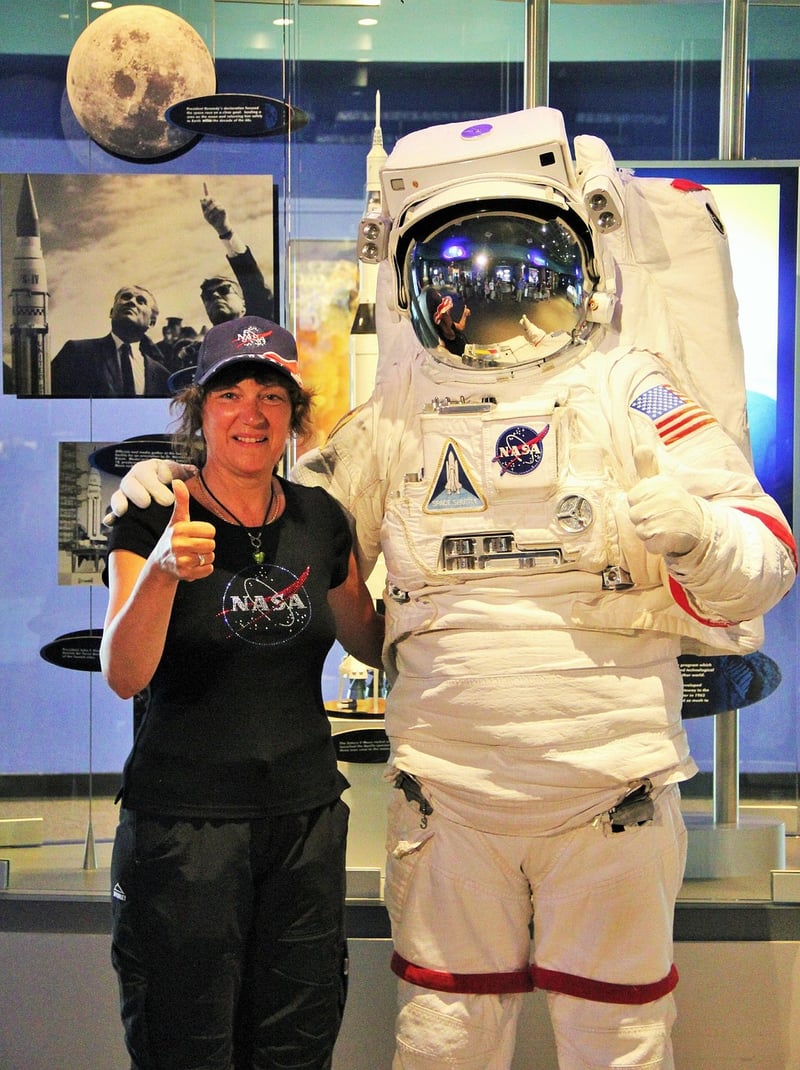Holographic Navigation
Advancements in Space Science and Holographic Navigation
Space science has always been a field of wonder and exploration, pushing the boundaries of human knowledge and technology. In recent years, significant advancements have been made in various areas of space science, paving the way for groundbreaking discoveries and innovations. One such innovation that has caught the attention of researchers and space enthusiasts alike is holographic navigation.
The Evolution of Space Science
Over the years, space science has evolved rapidly, thanks to advancements in technology and the collective efforts of scientists and researchers around the world. From the launch of the first artificial satellite, Sputnik 1, in 1957 to the exploration of Mars and beyond, humans have made remarkable progress in understanding the vast expanse of the universe.
Advancements in Space Science
Recent advancements in space science have revolutionized our understanding of the cosmos. From the discovery of exoplanets to the detection of gravitational waves, scientists have made significant strides in unraveling the mysteries of the universe. Space telescopes like Hubble and James Webb have provided unprecedented views of distant galaxies, while missions to Mars and the outer planets have expanded our knowledge of the solar system.
The Rise of Holographic Navigation
Holographic navigation is a cutting-edge technology that has the potential to transform space exploration. By using holographic projections and augmented reality, astronauts and spacecraft can navigate through space with greater precision and efficiency. This technology allows for real-time visualization of complex data, enabling astronauts to make informed decisions quickly and accurately.
Benefits of Holographic Navigation
The use of holographic navigation offers several benefits for space exploration. It enhances situational awareness, improves navigation accuracy, and simplifies complex tasks. Astronauts can interact with holographic interfaces to access vital information, plan maneuvers, and monitor systems effectively. This technology also has applications beyond space exploration, including military operations and medical imaging.
Conclusion
As advancements in space science continue to push the boundaries of human knowledge, technologies like holographic navigation will play a crucial role in shaping the future of space exploration. By harnessing the power of holographic projections and augmented reality, scientists and astronauts can navigate the cosmos with unprecedented precision and efficiency, opening up new possibilities for discovery and innovation.

